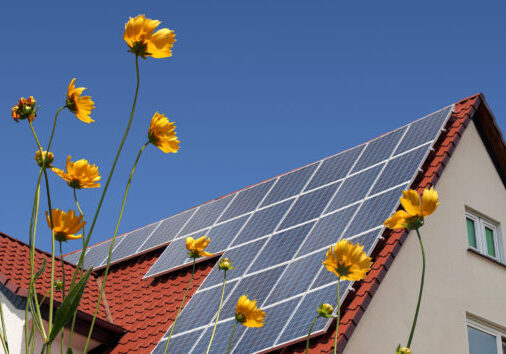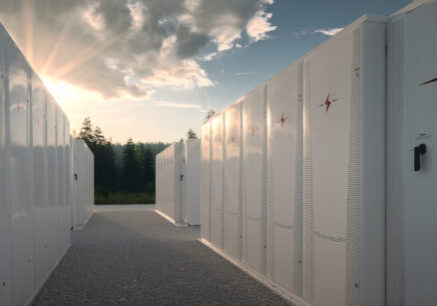March 29, 2016
Can Storage Rescue Solar?
By Todd Olinsky-Paul
Recently, solar advocates and industry celebrated the renewal of the federal ITC, which will continue to provide significant economic support for solar. On a state and local level, however, the outlook seems less rosy. A number of states have made recent changes to their net metering rules (a GTM article reports that more than half of US states are studying or changing their NEM policies) and in many cases, these changes will not benefit solar customers. In addition, numerous utilities in areas with high solar penetration have reached or are about to reach their net metering caps, and many have proposed additional fees or demand charges on solar customers to help meet fixed costs. An example of state regulatory changes recently in the news:
- Hawaii has shut down its net metering program, replacing it with a system of billing minimums and less lucrative grid-supply contracts
- Nevada changed its net metering rates retroactively, reducing revenues not only for new solar customers but also those who invested in solar systems under the previous rules and have now had the economic legs cut out from under them – an exodus of solar suppliers out of the state is now underway
- Arizona has approved fees on solar customers and appears to be on the cusp of a retroactive reduction in NEM rates similar to Nevada’s
- California extended net metering, but added fees for solar customers and is requiring a change to time of use rates
- Massachusetts has allowed its SREC program to expire, though it is expected to be renewed; utilities in MA have either reached, or are nearing their net metering caps
As shown by the above examples, the solar outlook is suddenly appearing cloudy in a number of states where the technology has achieved its highest rates of penetration. The combined impact of reduced net metering revenues, plus added utility fees and demand charges, is undermining the value of both new and existing solar systems; at the same time, recognizing that solar has “arrived” as a mainstream product, states across the nation have been reducing or eliminating solar incentives.
The interesting thing is that behind the meter energy storage can help to stave off the devaluation of solar by addressing many of the issues listed above. For example, storage can help solar customers to capitalize on TOU rates, rather than losing NEM revenues because of them; can expand self-consumption where net metering is limited; and can help customers avoid costly demand charges by reducing power purchases at times of peak demand. None of these benefits are possible with solar alone – they require the addition of battery storage to make the solar resource dispatchable.
From the utility perspective, behind the meter storage should be viewed as an opportunity as well. After all, the more storage is paired with solar, the more control we will have over solar’s variable output, which is the main issue utilities cite for limiting the amount of solar on their networks (a potential $2 billion in lost revenue to conventional generators from rooftop solar is rarely mentioned). The more forward-looking utilities are even investing in small behind-the-meter storage systems at customer sites, which they can use to provide grid services and cut costs, while providing resilient power and other services to the host.
Unfortunately, the majority of utilities seem to be either neutral or negative on the question of distributed energy resources in general, and solar in particular. As Rocky Mountain Institute predicted more than a year ago, the more utilities try to decrease incentives and add fees for solar customers, the more incentive these customers will have to invest in storage, as a way to protect the value of their solar investment and further reduce their reliance on grid-purchased electricity.
The economics of solar and storage will play out differently in different markets and under different utility tariffs. For a discussion of the opportunities this could create in the multifamily affordable housing market, see “Efficiency, Solar and Storage Offer a Unique Opportunity to Bring Clean Energy to Affordable Housing” by Wayne Waite and CEG President Lewis Milford.














